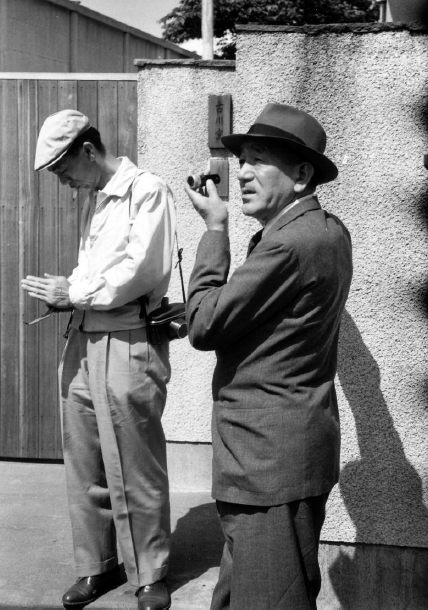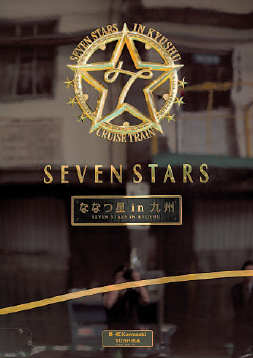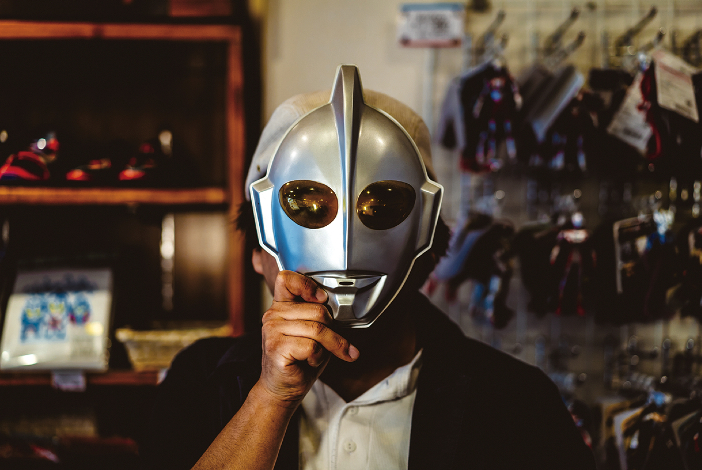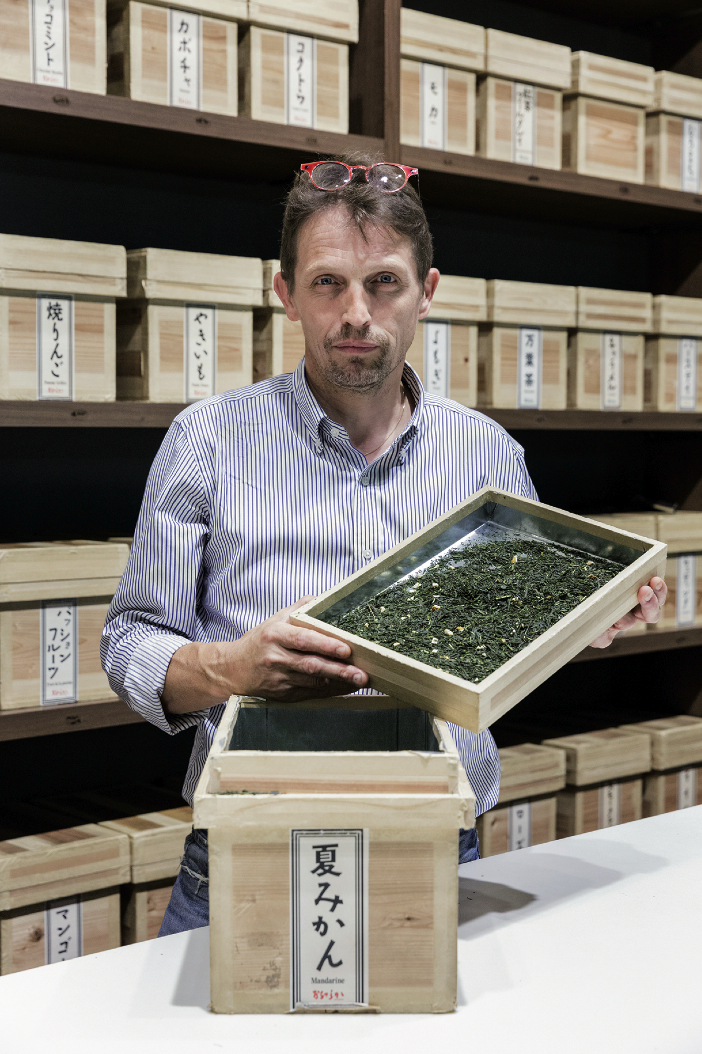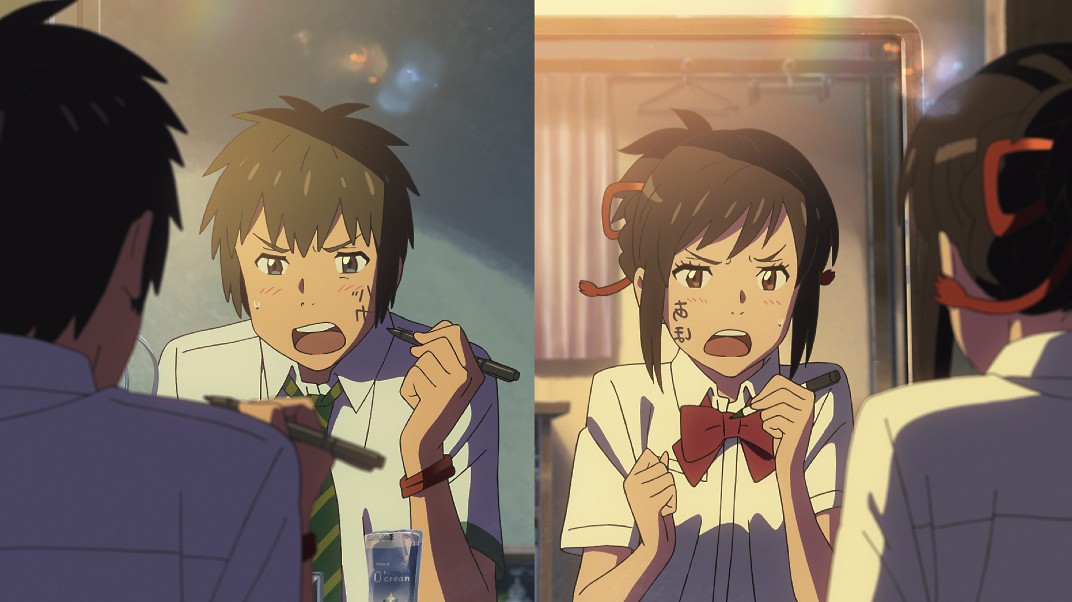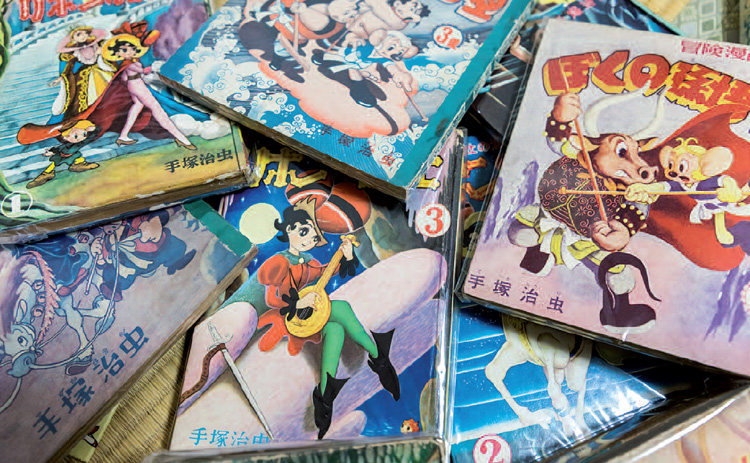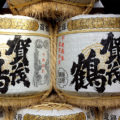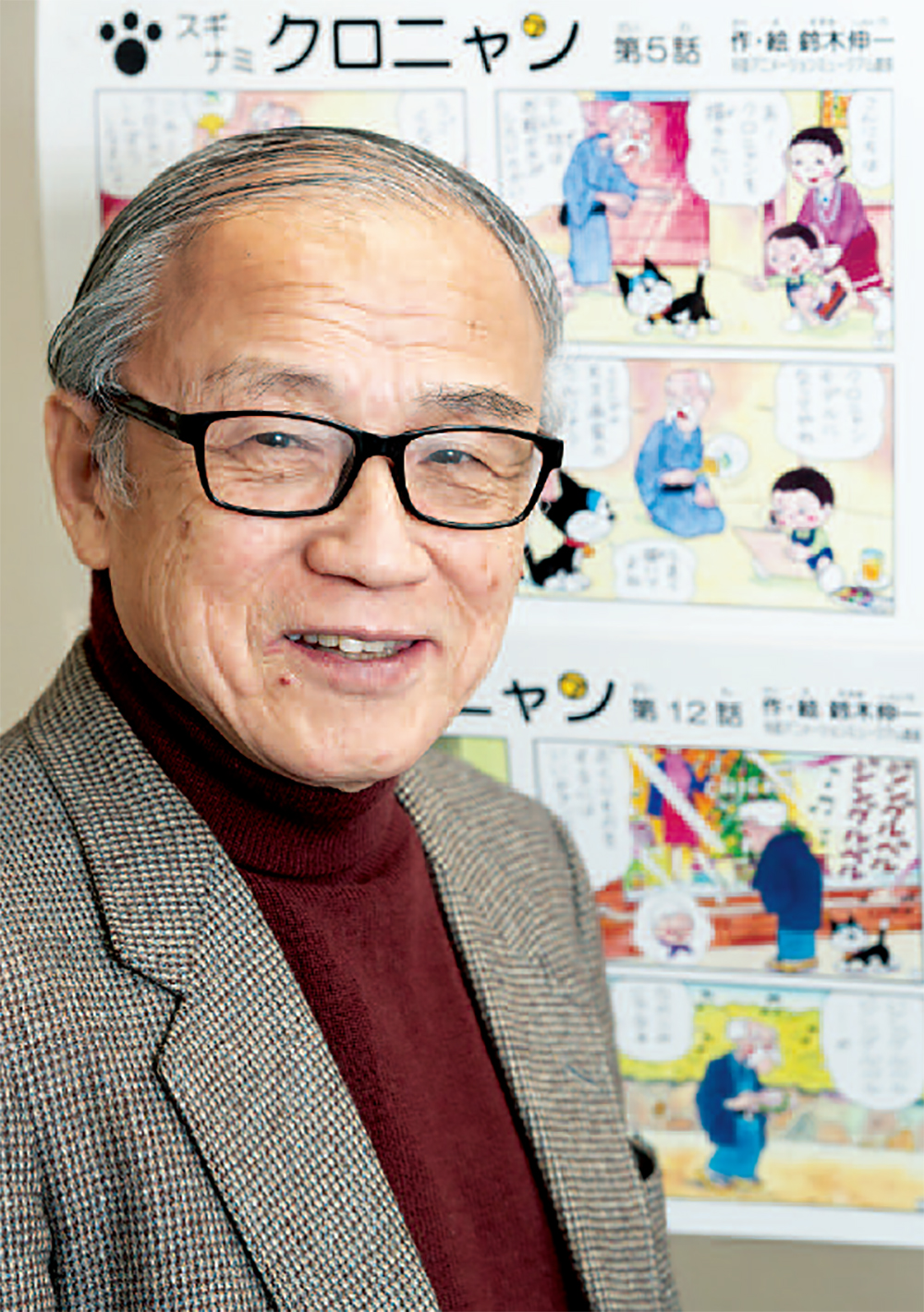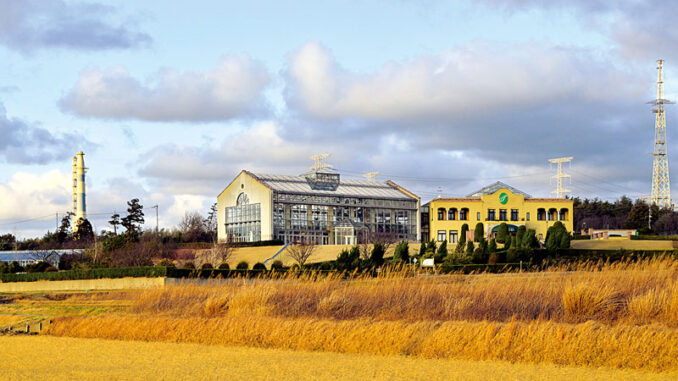
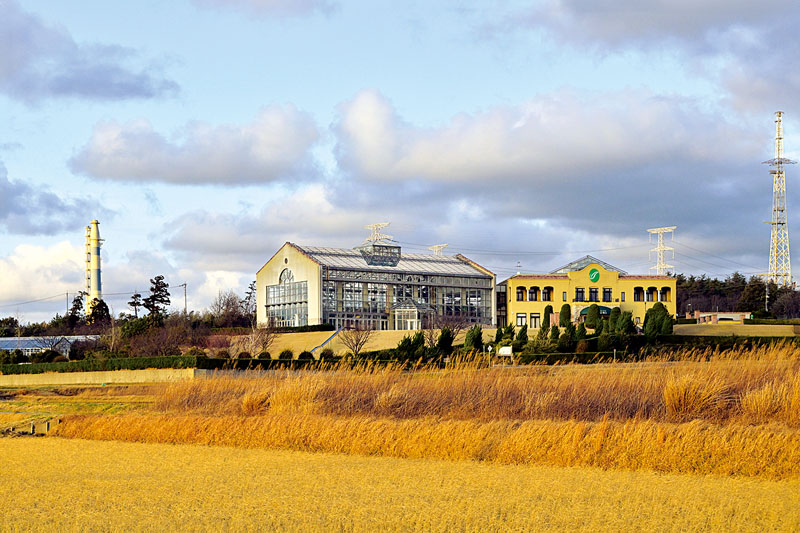
The memory of the Fukushima accident was rekindled by the earthquake. But the local plant was undamaged.
On hearing news of the powerful earthquake on 1 January, many Japanese wondered if the nearby nuclear power plant had withstood the shock. The devastating earthquake of March 2011 in the Tohoku region, which led to the Fukushima nuclear disaster, is still fresh in everyone’s minds. The nuclear power plant in Shika, managed by the Hokuriku Denryoku electric company, is 70 kilometres from the earthquake’s hypocentre. That might seem a reassuring distance away, but due to the complexity of seismic phenomena, it was precisely in the Shika region, southwest of the Noto Peninsula, where the seismic intensity (measured at 2,828 gal, close to that measured on 11 March 2011) was the strongest. It’s a beautiful landscape, renowned for its dried persimmons, where vast plains alternate with mountainous areas.
The small fishing port of Akasumi, nestled in a cove just one kilometre from the plant, consists of about a hundred wooden houses with black tiled roofs typical of Noto, and a tiny post office. The village was barely damaged by the earthquake, all the houses are still standing, and only a few breeze-block walls have collapsed. “It’s because the ground is stable here,” asserts the sole postal worker. We meet Kawabata Kyoto in the port, a frail 71-year-old woman wearing a face mask and steamed-up glasses, and she she recalls the terrifying tremors. She was with her brother’s family, a former power plant employee, his children, and grandchildren, discussing preparations for dinner when the quaking began. “It was terrifying, I had never experienced anything like it before. Objects were falling everywhere, but I was especially frightened when I realized, once the shaking stopped, that all the children had disappeared!” They had actually slid under low tables or hid in corners to protect themselves from falling objects as they had been taught to do in school. “They were waiting to be rescued before coming out!” she says, laughing. Did she have any fears about the plant? “Oh no, it’s been shut down since 2011, so we had nothing to fear,” she replies confidently. As there is still no water in the village, she has taken refuge with her brother’s family in the temporary accommodation centre reserved for plant employees. “We’re being treated very well there,” she confides with a smile.
Like many municipalities in Japan where nuclear power plants are located, Shika has benefited from nuclear power, and consequently, it has more opulent public buildings than those in surrounding municipalities. Thus, the tiny village of Fukui, south of Shika, has a well-appointed community centre that functions both as a public bath and a meeting hall, and was transformed into a temporary shelter for victims in the aftermath of the disaster.
Maekawa Satoru, the 64-year-old village chief is in charge, but also one of the beneficiaries since his house was destroyed. Twenty survivors are housed there, 80% of whom are elderly. With cases of Covid having appeared in the centre, like many other shelters on the peninsula, masks, temperature checks and hand disinfection are mandatory before entering. Admissions are administered by Aichi Prefecture officials who have come to Noto to help out.
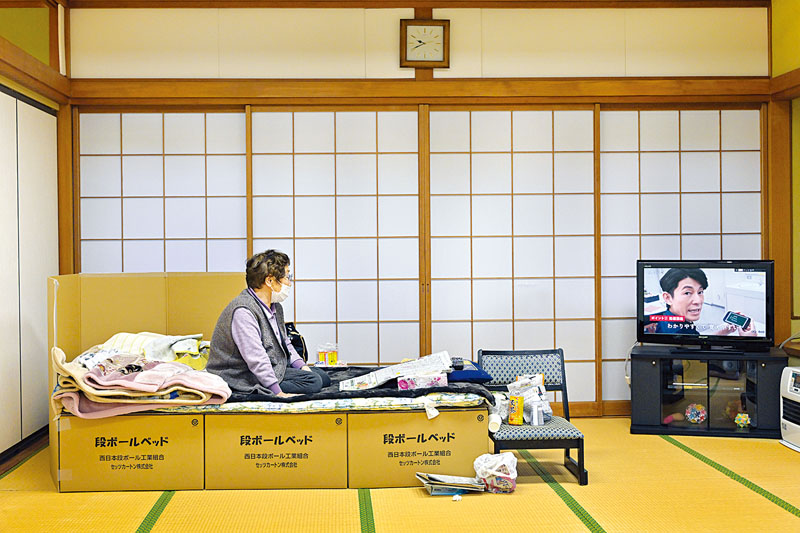
Mr. Maekawa oversees comfort and hygiene for the residents and insists, for example, that the centre is always well ventilated. One of the major problems Japan faces during natural disasters is that of indirect deaths, mainly elderly people who have survived the destruction of their homes, for example, but die due to adverse living conditions in the evacuation centres. Infectious diseases due to overcrowding, inadequate food, lack of care, disorientation, added to the terrible shock of losing loved ones or seeing their homes destroyed, unfortunately cost the lives of many already fragile people.
In a large, well-heated room with tatami mats overlooking a garden, which she shares with only one other lady, Horita Shizuko, 85 years old, appears to be enthroned on the vast cardboard bed where she sits facing a large television screen. Her house collapsed on 1 January due to the violent tremors, and she took refuge under the kotatsu to protect herself. Luckily, her grandson who had come to visit her for New Year was able to help her out of the rubble and find refuge. “The hardest part is not knowing how long I’ll have to stay here,” she says, still visibly shocked.
“Our centre is privileged compared to others,” acknowledges Mr Maekawa. It even has a greenhouse in the garden that can accommodate pets. Many people in Noto prefer to spend the night in their car with their pets rather than go to an evacuation centre where animals are generally not allowed.
The village chief recounts the exhausting few weeks he has just experienced, first with the influx of refugees just after the earthquake, which was well in excess of the centre’s capacity as many families had gathered together for the New Year. Concerns about the power plant were quickly dispelled. “We were rapidly informed that all risk had been averted, and since the plant has been shut down since 2011, there was no major danger,” he reports, especially since a long anti-tsunami barrier was built there after the Fukushima disaster. Then, shortages of water, electricity and food had to be managed, and shelter found for everyone in the village. He has harsh criticism for the work of the authorities and the confusion in the organization of the initial relief efforts. “I feel they haven’t learned anything from the 2011 disaster,” he says dryly. As a result, the teams of doctors are not properly coordinated and too many are sent at a time. There is the DMAT (Diimatto, the medical rescue service in the event of disasters) from both the prefecture and the city. “I spend my days sending them back!” he complains. The centre has also received visits from numerous local politicians who take advantage of the opportunity to campaign. “They come empty-handed, but I’m sure it’s one of them who gave us Covid!” he grumbles.
A month after the disaster, and there’s still no water in Noto. Refugees from the centre, as well as residents from nearby villages, must go to an onsen (hot spring) in Shika city centre to have a bath. Long queues form every evening to get a seiriken, an entry ticket valid for a specific time the following day. In some mountain villages, the community is coming together to organize themselves, and men are undertaking the task of obtaining drinking water, going to the springs and loading their vans with containers of water, which they then distribute to the villagers. Along the road that runs north by the shore, there are many who take advantage of a lull in the rain to climb onto their damaged roofs to cover them with blue plastic tarpaulins, which they weigh down with sandbags filled with sand from the beaches. Most Japanese do not have earthquake insurance as premiums are exorbitant, and government assistance to rebuild homes in the event of a natural disaster is capped at 3 million yen (18,000 euros), which is not enough to repair the damage caused by such a powerful earthquake.
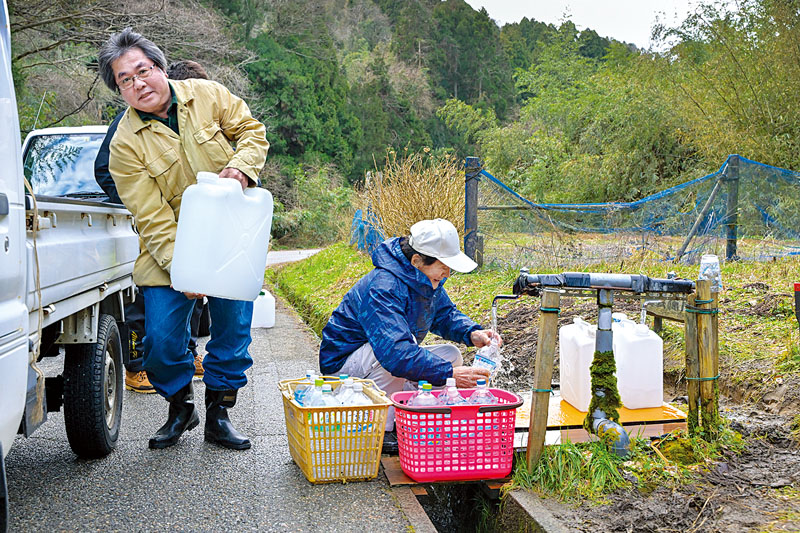
Located along the Sea of Japan, north of the town of Shika, lies one of the peninsular’s major tourist attractions, the Noto Kongo coast, which stretches for some twenty kilometres, and whose most famous site is the rock formation of Ganmon (the rock gate). Developed during the high-growth period of the 1960s for the then-expanding mass domestic tourism sector, many of these sites were already declining in popularity. The earthquake on 1 January may well have dealt them a final blow. Landslides, rockfalls and falling trees have disfigured the coast, while many tourist facilities lie in ruins. Further north, towards Wajima, another major tourist site has also suffered greatly: Soji-ji, once one of the most important Zen Buddhist temples in Japan. Founded in 1321, it was one of the two main temples of the Soto sect and oversaw more than 16,000 temples across the country until its fortunes declined. Many of the temple buildings and those in the surrounding town have collapsed. Tourism in the city of Wajima was synonymous with the traditional craft of lacquerware (Wajima-nuri), produced in Noto for centuries and passed down through generations. It was particularly affected by the earthquake, with between 70% to 80% of the workshops and houses of the thousand Wajima-nuri artisans reportedly destroyed. It’s an aging industry, and these highly specialized artisans divide the work into over 100 different processes. The disappearance of a single stage would result in production coming to a complete halt.
Though the Shika power station was undamaged, other key sectors of the local economy such as fishing, agriculture and forestry have been devastated, as has tourism. The reconstruction of this aging region will be challenging as infrastructure – roads, power lines and water pipelines – are severely damaged. “We won’t be able to repair this damage in just three or four years,” Ishikawa governor Hase Hiroshi told the local press. While Noto Peninsula heals its wounds, majestic swans from Siberia have returned for the winter to the plains of Shika, as if nothing has happened.
Eric Rechsteiner
To learn more on this topic, check out our other articles :
N°139 [FOCUS] 1 January, Noto Peninsula
N°139 [FOCUS] TOME – A tragedy for rice farming
N°139 [FOCUS] WAJIMA – The tragedy of trial by fire
N°139 [TRAVEL] Osore-zan, a foretaste of hell
Follow us !

